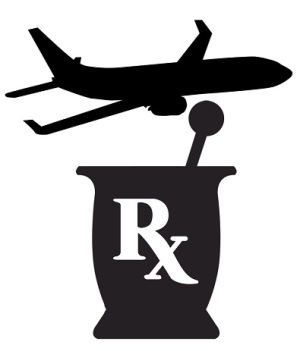It seems insane that something so necessary could increase in price so much over a short period of time, but Healthcare premiums have doubled in most states since 2013.
What’s worse is that for some states; Alabama, Alaska, and Oklahoma, it nearly tripled. The ACA’s three tiered structure was created to eat some of those cost increases and ensure that insurers had access to a larger market. The individual mandate helps keep prices from ballooning faster. And the premium credit gave those with low income, access to the market. The ACA was installed to slow the growth of premiums, and yet it outpaced inflation by more than 95%, this often leaves most consumers wondering…why?
There are a number of reasons for insurance premium increases, one has to do with the way companies responded to the ACA. Many retail employers began spreading out workers, opting for more employees, lowering the amount of workers available to receive full-time benefits, Ironically mostly in government-based hourly jobs. Companies began going for less Cadillac plans and focused on silver packages, which caused a sudden surge in middle package buying, increasing the prices overall. But company reactions were a drop in the bucket compared to the next two components.
An aging market
As boomers grow older, their health demands rise; and while hospital use is up, nursing and doctor shortages can create three to four month long wait times for appointments. Boomers’ reliance on pharmaceutical medication outpaces any other generation. Medicare spending in 2015 was $137.4 billion on prescription drugs in 2015, up from $121.5 billion in 2014. Medicare Part B spent $24.6 billion on prescription drugs in 2015, up from $21.5 billion in 2014. A whopping $7.03 billion was on Hep C meds alone which cured maybe ten thousand people, and with nearly 5 million Americans needing treatment it’s easier to see why premiums are rising. But it’s not just meds they need. Surgeries and outpatient services ranging from colonoscopies to knee replacement are up across the nation as our nation ages.
Pharma Bros:

Valeant Pharmaceuticals’ Ativan increased by more than 1,264 percent, accounting for $5.3 million in Medicaid drug spending;
Turing Pharmaceutical‘s daraprim increased by 874 percent, accounting for $16 million in Medicaid spending; and
Hydroxycholoroquine sulfate increased by 489 percent.
Each of these increases doesn’t reflect need by the consumer, nor a need for research in development. The price increases are a measure of market control given to exclusivity of production. Investment firms purchase companies with the goal of milking them for investors as they shift focus to their new number one product: their stock. These kinds of moves produce volatility and increase the prices insurers need to set to control for.
As the individual mandate is now set to disappear in 2019, it raises a serious question, will consumers be able to tolerate Premiums which cost more than their rent/mortgage payments?






